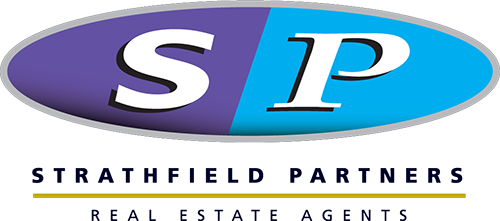GUEST OBSERVATION
In the past, many borrowers would often stay with their home loan lender for the entire loan term.
But now that the mortgage industry is even more competitive, it is worth looking for a better deal.
There are a number of myths that may have stopped you from refinancing in the past, but we have busted a number of them below.
- TOO COSTLY TO REFINANCE
With exit fees being abolished on 1 July 2011 (for loans established after this date), refinancing should no longer cost as much as you may think. Most lenders will charge fees to discharge the loan and possibly a legal fee. These cover the cost of releasing the title and closing down the loan account.
The main cost that may deter a borrower from refinancing is lenders mortgage insurance. If you borrowed more than 80% of the value of the property initially then there is a good chance you would have been charged mortgage insurance. Mortgage insurance is lender specific so if you subsequently look to refinance and the loan is still above 80% of the value of the property then mortgage insurance may be levied again.
Although there may be some fees included to switch lenders, if you find a lender who offers lower interest rates, little or no upfront fees or ongoing fees, you may find that you will receive greater savings over the life of the loan that outweigh these initial fees. But make sure you thoroughly research the options available to ensure you are getting the best deal.
- TOO MUCH HASSLE TO REFINANCE
Refinancing will require some research, but won’t necessarily be a hassle. With competition between lenders being extremely strong, most lenders are eager to bring in new borrowers and make the application process as stress free as possible. To make things easier for you, collect as much financial paperwork as you can (e.g. payslips, work summaries etc) to help speed up the process.
If you find that a lender is not making the effort to respond to your enquiries or process the paperwork promptly, they may not be the most suitable option for you. Poor service before you apply could mean that service ongoing is poor and be an ongoing frustration.
One of the best places to start is comparing interest rates being offered by different lenders and then contacting your current lender to see if they will reduce your rate to match. If you are successful then you will have been able to reap the benefits of refinancing without much hassle at all!
- NOT WORTH REFINANCING IF RATE IS ONLY 0.5% LOWER THAN CURRENT RATE
No matter how big or small the interest rate discount is, it can help save you money. For example, if you had a $400,000 loan over 30 years with a 5.5% interest rate, but then switched to a loan of 5.0%, you could save close to $125 a month or close to $45,000 over the loan term.
However, the interest rate isn’t the only factor that can help save you money on your home loan. Factors such as the differences between the ongoing fees for your current and new loan will need to be considered. A discount of an annual fee from $495 to $299 or even no ongoing fees could mean more money in your pocket over the long term.
There are a number of features that can save you a significant amount of money over the life of the loan. An offset account, free redraw and unlimited extra repayments are just some examples.
- BORROWER’S WITH A FIXED RATE LOAN CANNOT REFINANCE
Borrowers are able to refinance with a fixed rate home loan, but there is a good chance there will be extra break costs.
Calculating break costs is complicated and takes into consideration how much your fixed rate is and how much variable rates have changed plus the term remaining on your fixed rate. However, you may discover that the savings you receive from refinancing could be more than the break fees you will incur. Before making any decisions, speak with your current lender about what break costs are involved to ensure these costs do not outweigh the benefits of refinancing.
- I WAS APPROVED FOR MY CURRENT HOME LOAN, SO I’LL BE APPROVED FOR A REFINANCE
Many borrowers make the mistakes of assuming they will be approved for a refinance home loan because they were approved for their current loan.
When you apply to refinance, you will go through the same application process. The lender will look at your current financial situation and this may cause problems if you have taken on more debt since taking out your current loan.
The value of properties generally increase over time, but you may find that the value of your property has actually gone down. Research property values in your area to help ensure that you have sufficient equity to refinance.
The new lender will most likely get a valuer to inspect the property. A property in bad repair, termite damage or a partially completed renovation could mean that the new lender is not willing to use the property as security for the new loan.
http://www.propertyobserver.com.au/financing/34100-five-refinancing-myths-busted.html
